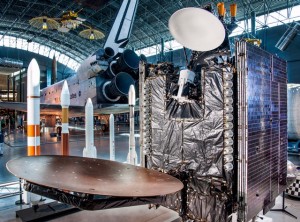I have to thank my friend and relation Chris Benson for putting this unique package of videos together. I just quote from what he sent me:
“I just watched a 2005 BBC documentary on the Space Race. I thought it was superb – I thought I knew all of that stuff, but I didn’t – such as a Soviet probe at the same time as the Apollo 11 moon landing. Even the bits I did know were incomplete, like the simultaneity of Alan Shepherd’s and Yuri Gagarin’s training.
Here they are in four one-hour episodes on YouTube:
Space Race: Episode 1: Race for Rockets (1944-1949)
https://youtu.be/xcLphSY8PX0
Space Race: Episode 2: Race for Satellites (1953-1958)
https://youtu.be/kefm18yAFco
Space Race: Episode 3: Race for Survival (1959-1961)
https://youtu.be/UxTf-kWbYk4
Space Race: Episode 4: Race for the Moon (1964-1969)
https://youtu.be/wZI8uLCsjlU
The series was made in cooperation with an American and a Russian television company. But if you are asking “What about Blue Streak?” or “What about Woomera?”, then you need this 2004 BBC documentary:
The British Space Race Part 1
https://youtu.be/yW5X8dhxA_8
The British Space Race Part 2
https://youtu.be/AIxSX2gYSec
”
So many thanks indeed to Chris. Keep up the good work!



